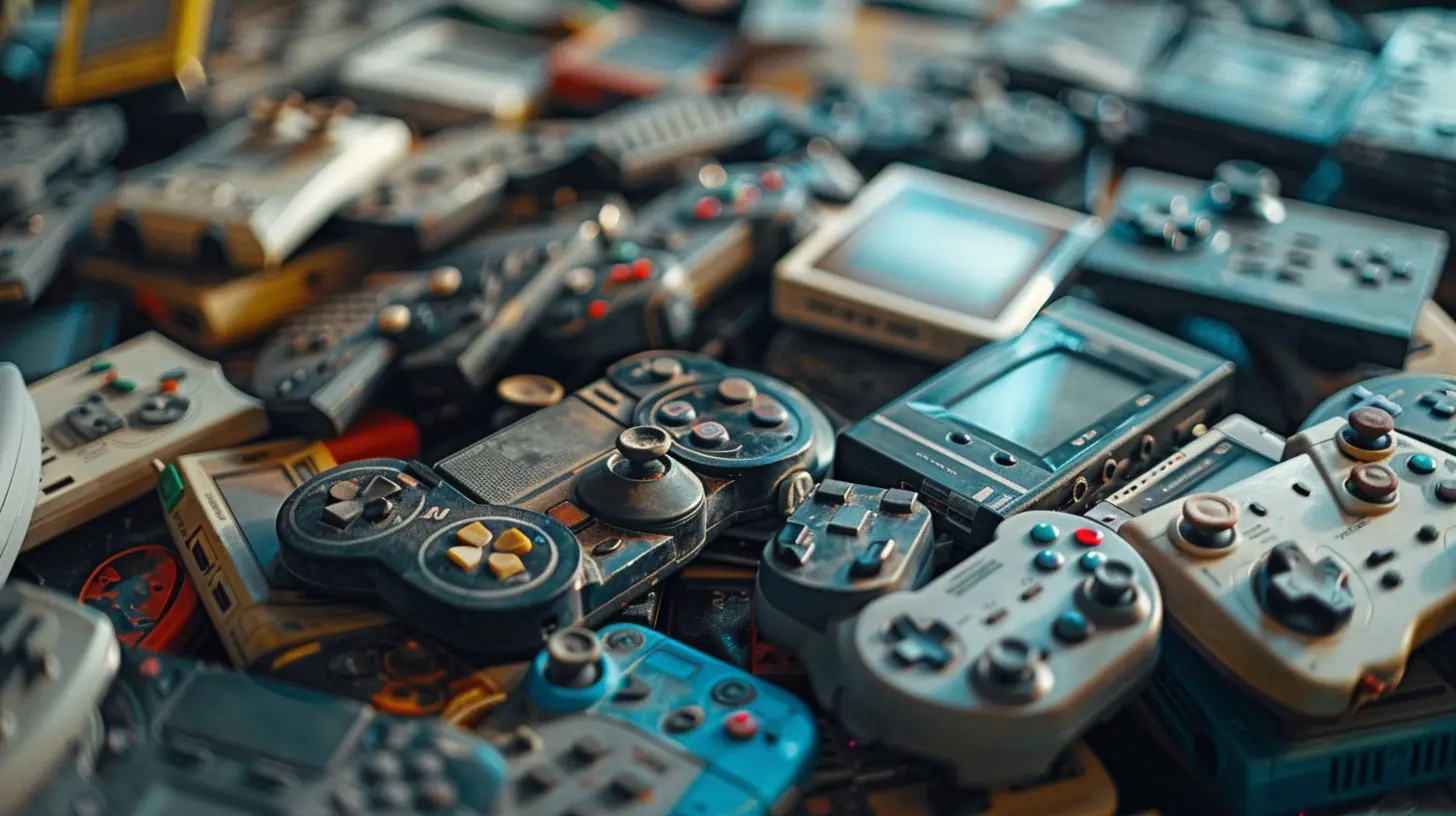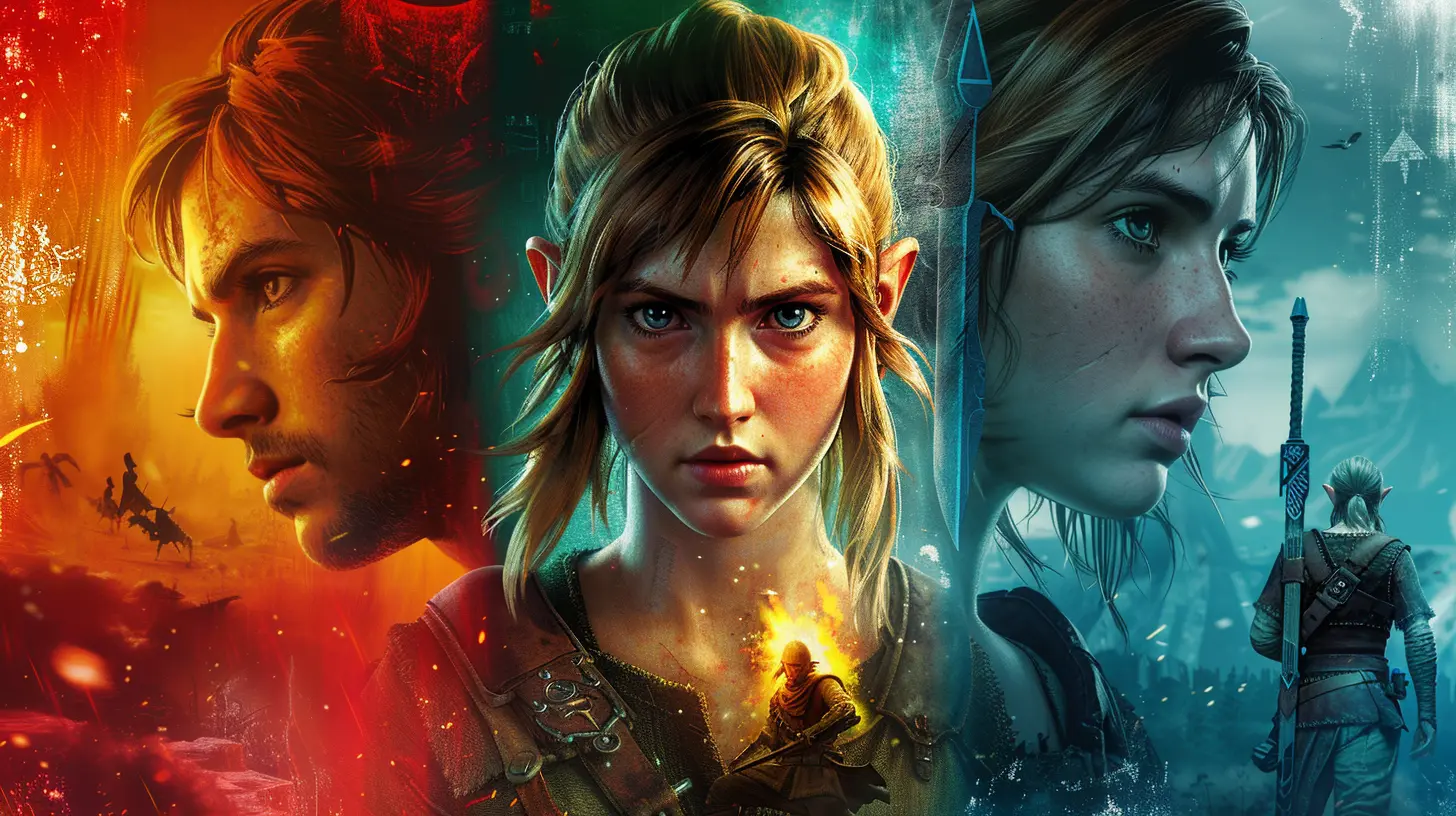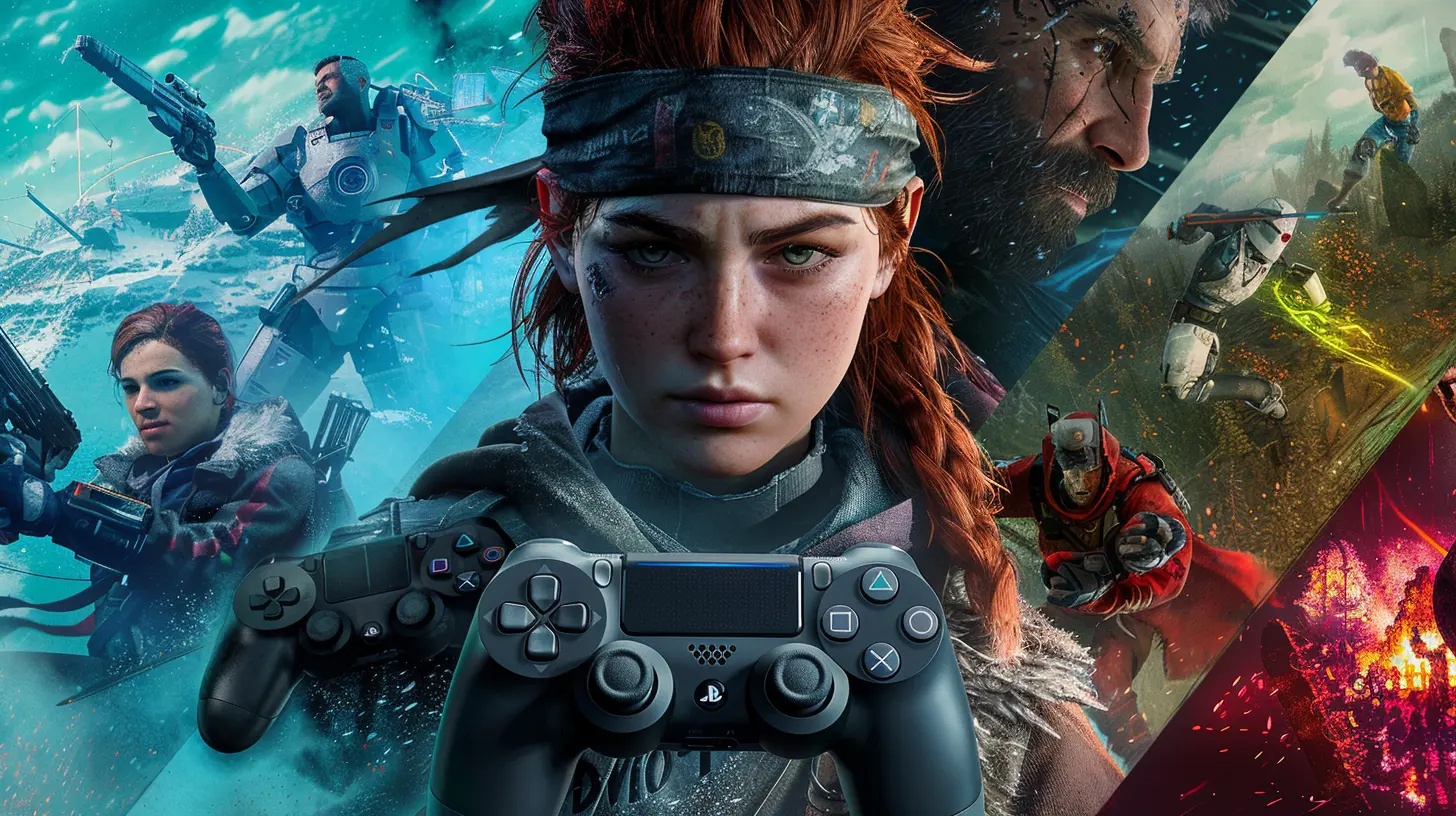Discovering How Game Graphics Evolve Between Console Generations
3 September 2025
Gaming has come a long, long way. From the simplistic pixelated blocks of the 8-bit era to the jaw-dropping, nearly photorealistic landscapes of modern consoles, the evolution of game graphics has been nothing short of extraordinary. Console generations have served as milestones in this artistic and technological journey, each setting the stage for major advancements in how games look and feel. But what exactly drives this graphical evolution? And how far have we really come? Let’s dive headfirst into this topic and take a closer look at how game graphics continue to push boundaries between console generations.
A Stroll Down Memory Lane: The Early Days of Gaming Graphics
Do you remember the simple joys of Pong? Two paddles, one square ball, and a monochrome screen. That’s where it all began. The first few console generations, like the Atari 2600 and the Nintendo Entertainment System (NES), focused on the basics. Graphics were primitive by today’s standards, but they were revolutionary at the time.Back then, limitations were more about hardware constraints than artistic intent. Developers didn’t have powerful GPUs or endless memory to work with. Graphics consisted of pixelated sprites, and colors were restricted by hardware palettes. Despite these challenges, developers managed to create some unforgettable classics like Super Mario Bros. and The Legend of Zelda, proving that great visuals don’t always require cutting-edge technology.
The evolution of graphics during this period is best described as a learning process—like doodling on a napkin before creating a masterpiece. Each console generation gave developers a little more power to play with, planting the seeds for what would come next.
The 3D Revolution: From Flat Worlds to Fully Realized Dimensions
The mid-90s brought a seismic shift to gaming: the jump from 2D to 3D. This was the era where consoles like the Sony PlayStation and Nintendo 64 completely changed the game—pun intended. Suddenly, players went from side-scrolling adventures to navigating fully three-dimensional worlds.Graphics during this phase were groundbreaking, but let’s be honest—they were also a little rough around the edges. Remember those angular, blocky character models in early 3D games like Tomb Raider or GoldenEye 007? Back then, they were mind-blowing. Lara Croft’s triangular… err, features were cutting-edge! Sure, by today’s standards, it all looks a bit like a prototype, but that’s part of the charm.
The leap to 3D was like switching from drawing on paper to sculpting with clay. The technology wasn’t perfect, but it opened the door to limitless creative possibilities. Developers now needed to master new visual elements like depth, lighting, and camera angles. It was a massive learning curve, but one that ultimately cemented 3D as the industry standard.
The HD Era: Bridging Realism and Imagination
Fast forward to the early 2000s and the release of consoles like the Xbox 360 and PlayStation 3. This was when the term “HD gaming” became a thing, and boy, did it deliver. With 720p and 1080p visuals, games entered an era where realism became the name of the game.Textures became crisper, animations smoother, and environments richer in detail. It was during this period that we began seeing games like The Elder Scrolls V: Skyrim and Red Dead Redemption, which felt more like living, breathing worlds rather than just levels to conquer. Suddenly, you could see individual blades of grass swaying in the wind or the intricate expressions on a character’s face.
The power of these consoles allowed developers to focus on small details that added a layer of immersion never seen before. Remember marveling at water physics or lighting effects that made you squint like you were staring at the actual sun? It was during this era that graphics began to blur the line between virtual and reality.
But it wasn’t just about realism. Developers also experimented with unique artistic styles, using the extra horsepower to create visually stunning games like Journey and Borderlands, proving that gaming could be as much art as it was entertainment.
The 4K Revolution: Where Realism Takes the Spotlight
In recent years, we’ve entered the golden age of 4K ultra-HD gaming with consoles like the PlayStation 5 and Xbox Series X. If the HD era bridged the gap between realism and imagination, the 4K generation shattered that bridge entirely—it’s all about hyper-realistic graphics now.Games today have become so lifelike that you sometimes have to remind yourself you’re not watching a movie. Characters look like actual humans, with realistic skin textures, facial animations, and even subtle details like pores or stray hairs. Environments are now packed with dynamic lighting, ray tracing, and realistic shadows that evolve based on real-time physics.
Take a game like Horizon Forbidden West—every leaf on a tree seems individually crafted, every landscape a postcard-worthy work of art. Or how about Cyberpunk 2077? Despite its rocky launch, the city of Night City is a neon-lit wonderland, teeming with detail and life.
But the 4K generation isn’t just about shiny graphics. It also emphasizes performance. Many games now offer modes where players can choose between prioritizing graphical fidelity or frame rates, ensuring a smoother and more customizable experience. This shift shows how modern consoles cater to gamers' personal preferences, delivering both beauty and precision.
It’s Not Just About Hardware: The Role of Software and Tools
Okay, let’s be real: consoles get a lot of credit for graphical advancements, but they’re only part of the equation. What about the tools and software developers use to create these mesmerizing visuals? Engines like Unreal Engine and Unity have revolutionized game development, offering pre-built systems for lighting, physics, and textures.Unreal Engine 5, in particular, is a game-changer. With features like Nanite for detailed geometry and Lumen for dynamic global illumination, it allows developers to achieve levels of realism that were once impossible. In a way, these technological tools are like giving artists better brushes and paints—they enable creativity to flourish.
Beyond the Horizon: The Future of Game Graphics
So, where do we go from here? Can graphics get even better? Spoiler alert: yes, they can. While we’ve reached a point of diminishing returns with traditional realism, new technologies are already pushing the envelope. Think virtual reality (VR), augmented reality (AR), and AI-assisted rendering.Imagine stepping into a game world where every rock, tree, and NPC reacts to your presence in real-time, or where AI dynamically generates lifelike characters and environments on the fly. The future of game graphics isn’t just about looking pretty—it’s about creating experiences so immersive that they blur the lines between the physical and digital worlds.
With advances in cloud gaming and the increasing accessibility of powerful development tools, it’s safe to say we’re only scratching the surface of what’s possible. The next console generations will undoubtedly continue this relentless march toward perfection, and honestly, I can’t wait to see what’s next.
Final Thoughts: From Pixels to Perfection
When you think about it, the evolution of game graphics is like watching a caterpillar transform into a butterfly. Each console generation adds a new layer of complexity, beauty, and innovation, building on the successes—and sometimes failures—of the last.What’s most exciting is that this journey is far from over. Whether you’re a casual gamer or a die-hard enthusiast, one thing is clear: gaming is more visually stunning and immersive than ever, and it’s only going to get better. So, the next time you boot up your favorite game, take a moment to appreciate how far we’ve come. From pixelated sprites to virtual worlds—it’s been one heck of a ride, hasn’t it?
all images in this post were generated using AI tools
Category:
Video Game GraphicsAuthor:

Tayla Warner
Discussion
rate this article
1 comments
Lanae McGee
From blocky pixels to lifelike graphics, thankfully my eyes evolved too—no more squinting!
September 3, 2025 at 3:03 AM

Tayla Warner
Absolutely! It's amazing how far graphics have come, making gaming not only more immersive but also easier on the eyes. Glad you're enjoying the evolution!


